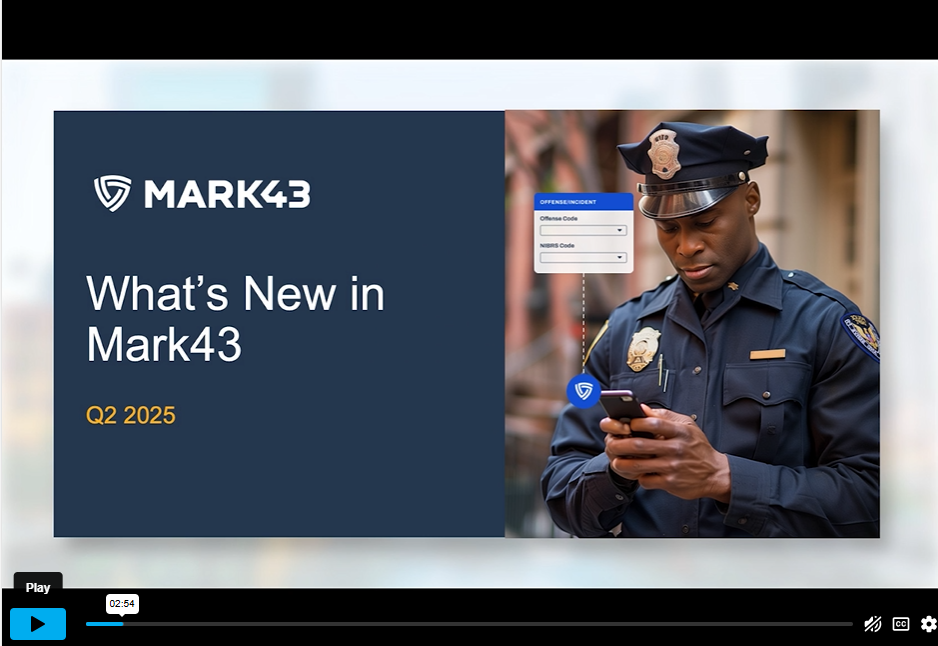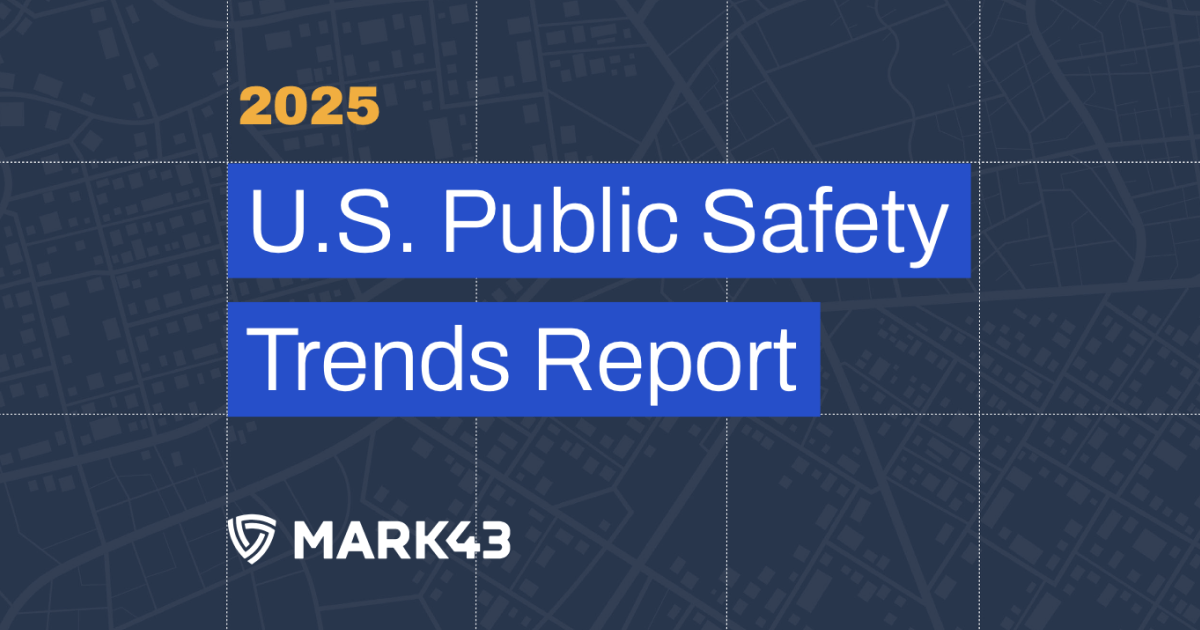
Mark43 was honored to participate in the Advancing the Field of Alternative Response 2025 Convening co-hosted by the Georgetown Law Center for Innovations in Community Safety, the Alternative Mobile Services Association (AMSA), and the Policing Project at NYU School of Law. The event brought together more than 250 leaders, practitioners, industry experts, researchers, and funders, including some of our trusted partners such as Amy Barden, Chief of Seattle’s Community Assisted Response and Engagement (CARE) department and Jodi Esquibel, Director of the Albuquerque Community Safety (ACS) department, to discuss current practices, challenges, and the future of alternative response.
A recurring theme across the 50+ panels was the critical importance of embedding alternative response into the fabric of a modern public safety infrastructure. Discussions explored the essential tools, metrics, and strategic activities required to build, fund, and sustain these programs — from workforce development and leadership commitment to robust information-sharing and integrated data systems.
“To truly serve our communities, we must recognize that public safety is an ecosystem—one where police, fire, alternative response programs, community violence intervention, and other services work to provide the right response at the right time. Alternative response programs are a critical part of this system, reducing harm by addressing needs with the most appropriate resources. By combining qualitative insights with quantitative data, and leveraging technology to bridge gaps, we can tell the full story of how this ecosystem keeps our communities safe, healthy, and supported.” – Ganesha Martin, Advisor, Policing Technology and Civic Engagement
As the Alternative Response field continues to evolve, technology will play an increasingly critical role in supporting its growth and impact. Here are three key takeaways that highlight how technology can help advance alternative response and modern public safety efforts:
Reimagining 911 and Dispatch Systems for Crisis Response
There is growing recognition that 911 systems weren’t built for behavioral health responses. Communities are working to reconfigure call-taking, dispatch, and data infrastructure to better route mental health and low-acuity calls toward specialized teams trained to specifically address behavioral health issues, crisis response, and other relevant calls. Telecommunicators in jurisdictions that are implementing alternative response programs require policies, training, new workflows, and supportive tools to ensure that the transfer of calls to alternative response teams are seamless and routine. Investments in technology that facilitate these activities in intuitive ways—while honoring nuance and flexibility—are essential to enabling this shift.
The Critical Role of Data and Storytelling
Data is critical for legitimacy, funding, and continuous improvement of alternative response programs—but as leaders emphasized, it’s not enough. While metrics like diversion rates, response times, and call types matter, human stories build trust and political will. Many jurisdictions seek technology and tools that integrate both quantitative and qualitative impact, including responder experiences, client outcomes, and cost/benefit analyses. Leaders also emphasized the need for shared data standards, better CAD integration, and public dashboards like Durham’s HEART program website that speak to policymakers and communities alike.
“The challenge and opportunity is figuring out how to leverage technology that responds to the needs of the community while also meeting end users where they are and that aligns with the operational realities of the work.” – Ganesha Martin, Advisor, Policing Technology and Civic Engagement
Pairing Modern Technology with the Right Talent
One of the biggest technological challenges facing alternative response programs today is the fragmented nature of data required to understand operations. In many jurisdictions, data systems may be outdated and siloed, making it difficult to access and use critical data including public safety and health or hospital data. Often, programs lack dedicated staff or in-house expertise to extract, analyze, and interpret data. This creates significant barriers to measuring impact, enhancing performance, and securing long-term funding. To move forward, agencies emphasized the need for modernized systems that enable seamless data-sharing and integration; embedded data scientists and analysts who understand the complexities of public safety data; and researchers who can generate and interpret cross-sector data sets. Building interoperable infrastructure isn’t just a tech issue—it’s a foundational requirement for transparency, accountability, and long-term success.
The 2025 Alternative Response Convening underscored the vital importance of building strong infrastructure, cross-sector collaboration, and strategic investment to advance effective alternative response programs. Mark43 is proud to partner with leaders advancing this essential work and remains committed to supporting the continued evolution of public safety. As the field grows, so must the technology and strategies that power it.
To learn more about Mark43 and how it supports alternative response programs, visit: https://mark43.com/book-a-demo/








